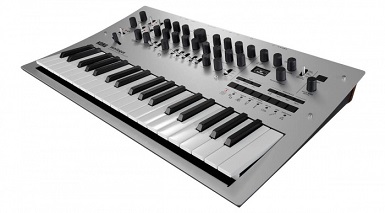First of all, I need to fix that menu some time soon, it has a link to Indaba account I’ve closed since and a SoundCloud link to an account I basically avoid as much as possible. All this is worth a post of its own, and it is not this post.
Whenever I face a problem in my audio setup and such, I try to find the answer by using my preferred search engine (DuckDuckGo). More than once I have gotten my own earlier blog posts as results. This means that although there are tons of tutorials and shit out there, I seem to find things not featured on other forums.
The topic of this post is a well-known issue though, so I’ll cut the bs and get into it.
First, I live in Europe and I would like to purchase a Korg Minilogue synthesizer. Second, I am interested in purchasing a Korg NanoKeys usb MIDI controller.
The problem? Korg has none to sell.
So, Mr & Mrs Korg. You have officially launched new products, but you are unable to provide them to customers. I flipped my marbles when I saw on a social media platform a contest where there was a Korg Minilogue as a raffle prize.
I mean honestly, what the hell? The only way to get a Minilogue in Europe is to win one instead of being able to buy one?
At least when it comes to Europe, the Korg manufacturing line is managed by retarded fools with no concept whatsoever of how to actually handle the business. I have read stories from the U.S. basically saying the same so it might be that Europe is not alone in this one.
Normally in these kind of rants the person at this stage says that he or she will never buy anything from the company affiliated to these problems. I would do quite the opposite, but thanks to Korg, none of the retailers I use have any idea of when they will be able to offer the products featured in their catalogues.
So sincerely, Mr & Mrs Korg: fuck you. And if you happen to be the person responsible for Korg’s European operations, please resign and give this blog address to your bosses. I can do a better job in my dreams.

The image of the only Korg Minilogue currently in Europe.
